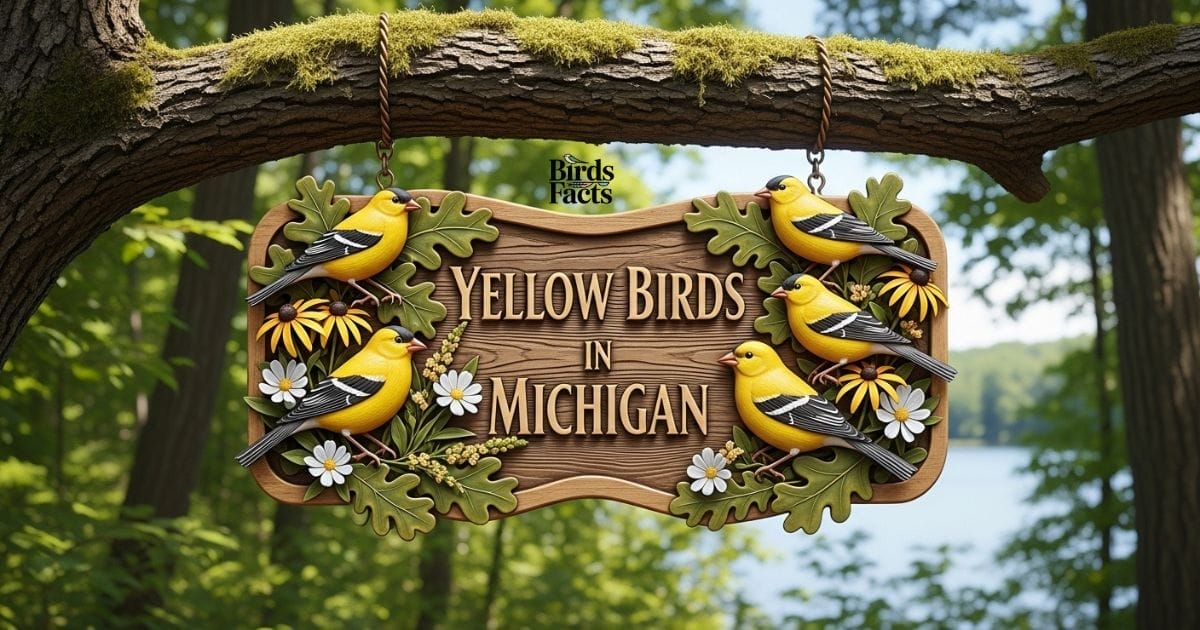
Top 27 Most Beautiful Yellow Birds in Michigan Species You Need to See
Sometimes When You’re Out For A Walk In The Park Or Relaxing In Your Backyard A Flash Of Bright Yellow Catches Your Eye. You Pause Hoping To Figure Out Exactly What Kind Of Bird It Is but Before You Can It’s Gone. It Can Be Frustrating When You Know There Are So Many Beautiful Yellow Birds In Michigan But You Just Can’t Seem To Identify Them.
That’s Exactly What This Guide Is Here To Help With. We’ll Explore Some Of The Most Stunning Yellow Birds In Michigan Share Tips On How To Spot Them And Give You Clues To Tell Each Species Apart. Whether You’re A Beginner Birdwatcher Or Just Curious About Your Feathered Neighbors You’ll Find Everything You Need To Turn Those Quick Glimpses Into Confident Identification
American Goldfinch
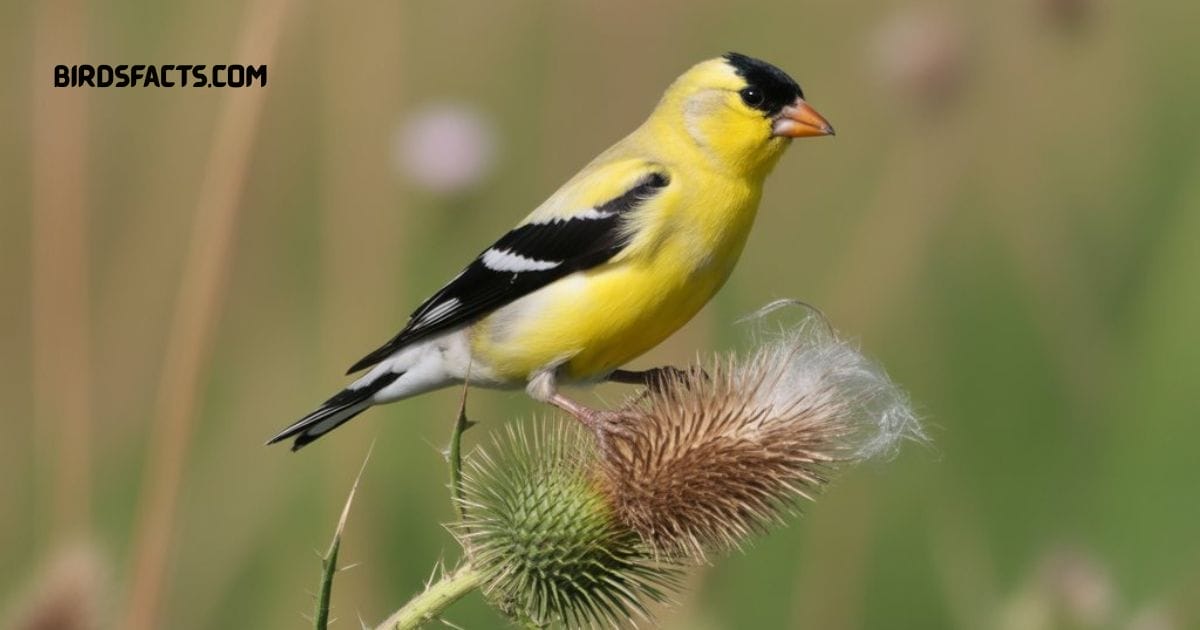
American Goldfinch With Bright Yellow Plumage, Black Wings, And Short Conical Beak Perched On A Branch
The American Goldfinch (spinus Tristis) Is Perhaps The Most Recognized Yellow Bird In Michigan And It’s Easy To See Why. Males Sport Bright Lemon-yellow Feathers With Contrasting Black Wings During Summer, While Females Have Softer, Olive-yellow Tones. You’ll Often See Them Feeding On Sunflower And Nyjer Seeds At Backyard Feeders.
Goldfinches Are Seed-eating Birds That Stay In Michigan Year-round. In Winter, Their Plumage Becomes Duller For Camouflage But Their Bouncy Flight And Sweet “po-ta-to-chip” Call Still Give Them Away. Look For Them In Open Fields, Weedy Patches And Gardens.
American Yellow Warbler
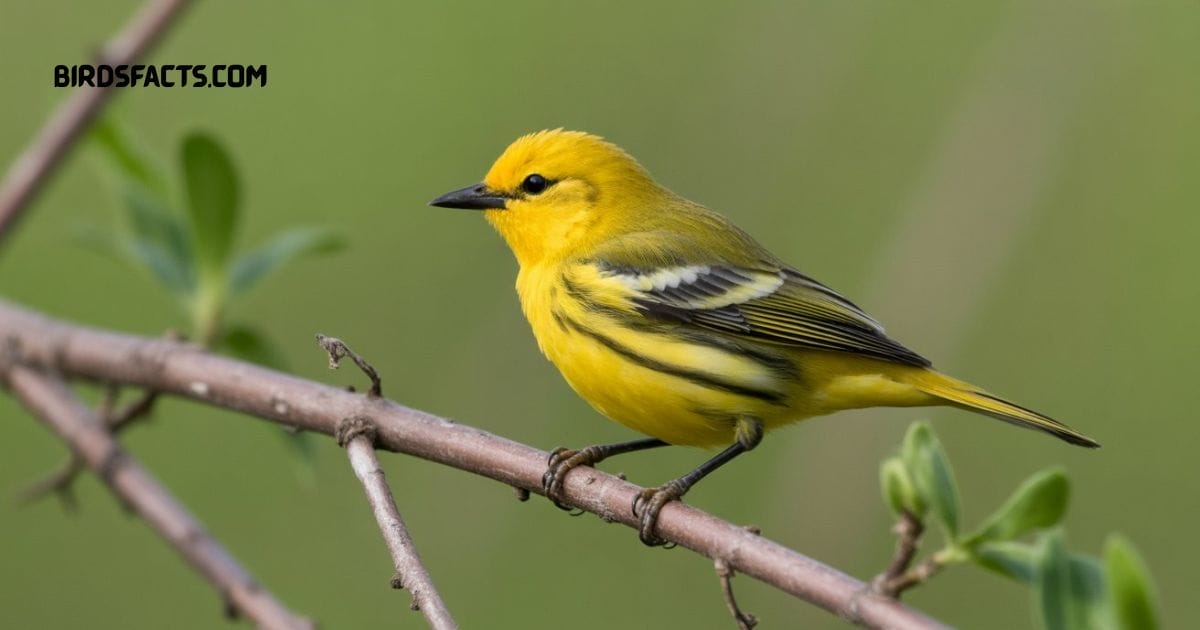
American Yellow Warbler With Bright Yellow Plumage And Slender Beak Perched On A Tree Branch
The American Yellow Warbler (setophaga Petechia) Is A Small Yellow Songbird With A Sweet Whistled Tune Males Are Bright Yellow With Faint Reddish Streaks On The Chest While Females Are Paler. They’re Common In Wetlands Along Streams And In Shrubby Areas.
In Michigan These Warblers Are Summer Visitors Arriving In May To Breed. If You’re Birdwatching At Tawas Point State Park Or Kensington Metropark Listen For Their “Sweet sweet sweet I’m So Sweet” Song.
Blue-winged Warbler

Blue-winged Warbler With Bright Yellow Body, Blue-gray Wings, And Slender Beak Perched On A Branch
The Blue winged Warbler Is A Striking Mix Of Yellow And Blue gray. Its Bright Yellow Body Contrasts With Powder blue Wings And A Thin Black Eye Line. These Birds Prefer Shrubby Edges Regenerating Forests, And Overgrown Fields.
They Migrate To Michigan In Late Spring, Nesting In Low Shrubs. They’re Insect-eating Birds So You’ll Often See Them Flitting Through Branches In Search Of Caterpillars And Spiders.
Common Yellowthroat

Common Yellowthroat With Bright Yellow Throat, Olive Back, And Black Facial Mask Perched Among Reeds
The Common Yellowthroat (geothlypis Trichas) Is Easy To Identify Thanks To Its Black “bandit Mask” Bordered By White. Males Are Bright Yellow Underneath While Females Are Olive yellow Without The Mask. Both Have A Distinctive “witchety-witchety-witchety” Song.
These Warblers Love Marshes Wet Meadows And Thickets. In Michigan They Arrive In Spring And Stay Through Summer, Often Staying Hidden In Dense Vegetation.
Canada Warbler

Canada Warbler With Bright Yellow Underparts, Gray Upper Body, And Black Necklace-like Markings Perched On A Branch
The Canada Warbler Is A Late Spring Arrival In Michigan Easily Recognized By Its Bright Yellow Belly And Necklace Of Dark Streaks. Its Blue gray Back And Bold Eye Ring Add To Its Charm.
You’re Most Likely To Find Canada Warblers (cardellina Canadensis) In Mature Damp Forests especially Oak And Maple Woods In Northern Lower Michigan And The Upper Peninsula. These Birds Are Typically Seen During Spring Migration So Timing And Luck Are Key. Listen For Their Rich Bubbling Song And Watch Shady Tangles Where They Love To Forage.
Cape May Warbler

Cape May Warbler With Yellow Chest, Streaked Body, And Chestnut Cheek Patch Perched On A Tree Branch
Few Birds Dazzle Quite Like The Cape May Warbler. Sporting Tiger-striped Yellow Underparts And A Chestnut Ear Patch This Species Migrates Through Michigan In Spring And Fall Often Stopping At Backyard Feeders Stocked With Fruit Or Sugar Water.
Cape May Warblers (setophaga Tigrina) Favor Conifers Especially In The Upper Peninsula Or Northern Michigan Forests. With Their Extra long Tongues These Birds Sip Nectar And Devour Insects By The Hundreds. Catching A Glimpse Means You’re In A Unique Spot so Keep Those Eyes Peeled During Migration Season.
Dickcissel
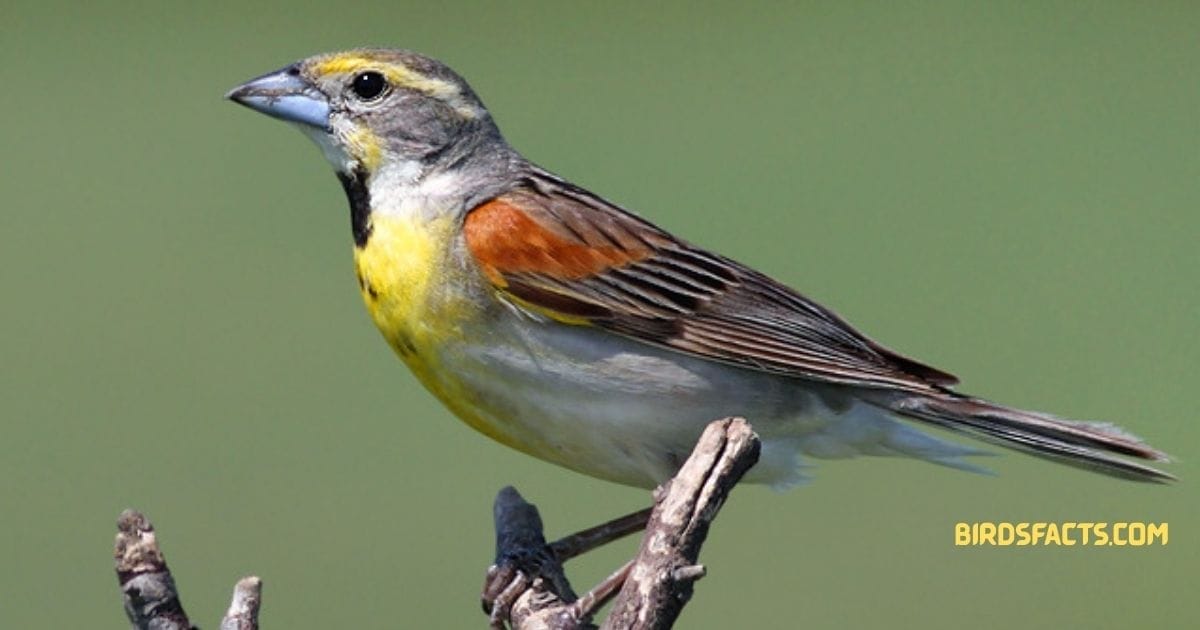
You Might Not Expect A “sparrow That Thinks It’s A Meadowlark,” But That’s Exactly What The Dickcissel Offers. With A Yellow Breast, Streaked Back, And Bold Black Bib, This Rare Visitor To Southern Michigan Grasslands Sings A Metallic “dick-dick-ciss-ciss” Song From Tall Weeds.
Not Always Easy To Find, Dickcissels (spiza Americana) Prefer Prairies And Fallow Fields habitats That Have Declined, Sadly, But Which Can Bounce Back With Habitat Restoration And Native Plantings. Spotting One Is A Treat For Any Michigan Birdwatching Enthusiast On The Hunt For Unusual Species.
Evening Grosbeak
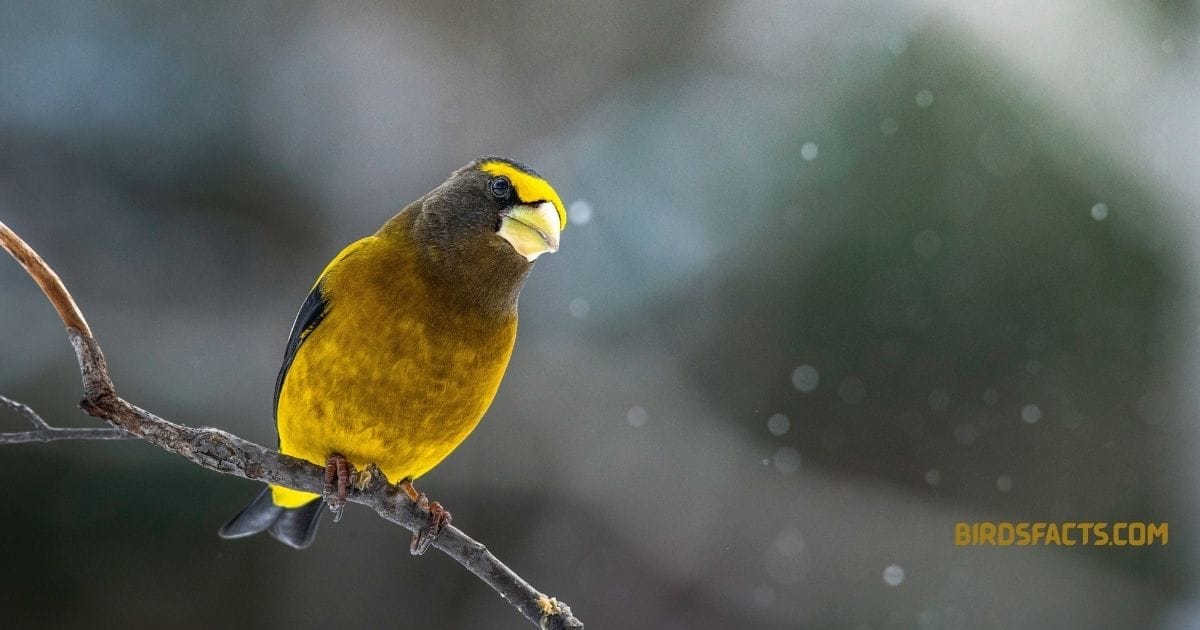
Among Larger Yellow Birds In Michigan The Evening Grosbeak Is Unmistakeable. Males Feature Glowing Yellow Bodies Dramatic Black Wings, And Oversized Pale Bills. These Birds Sometimes Irrupt Into Michigan In Large Numbers, Especially In Winter.
They’re Fond Of Seed-eating especially Sunflower Seeds which Makes Backyard Bird Feeders Michigan Hotspots For Sightings During Cold Months. Listen For The Sharp Calls And Keep Watch In Coniferous Forests Or Even City Neighborhoods With Mature Trees. When A Flock Comes To Your Feeder It’s Like A Gold Rush Of Feathers!
Female American Redstart
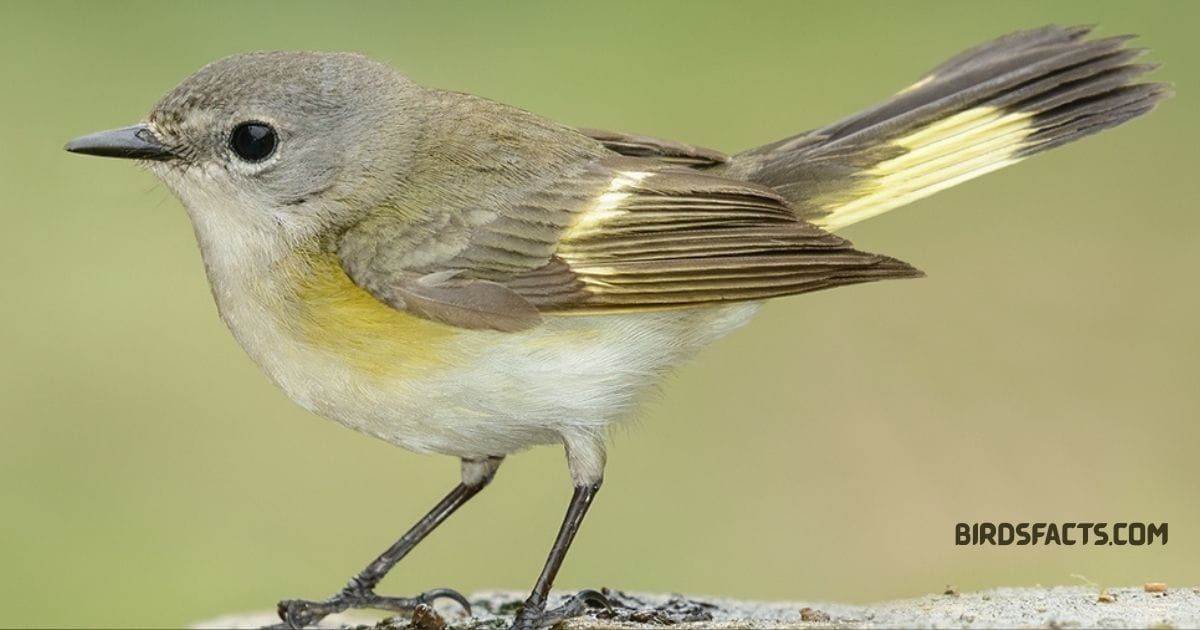
While Male American Redstarts Are Famous For Their Orange Patches The Females And Juveniles Are Michigan’s Secret Yellow Treasures. With Soft Yellow On The Sides And Tail, These Small Yellow Songbirds Are Full Of Personality.
You’ll Find Redstarts Darting And Fanning Their Tails Among Dense Shrubs, Usually At Forest Edges Or Along Water. Look For Their Energetic Hunting flashing Wings To Startle Insects Then Swooping In For A Snack. As Migratory Birds In Michigan Redstarts Are Most Easily Seen From May Through August.
Hooded Warbler
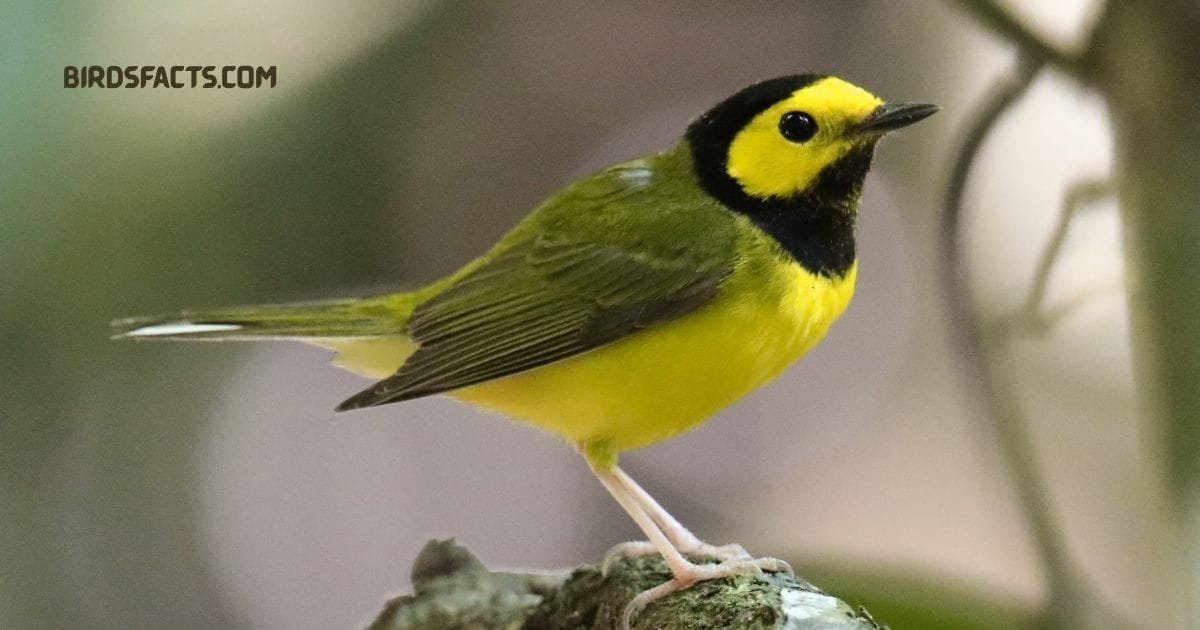
The Hooded Warbler Simply Glows. Males Feature A Shock Of Yellow Surrounded By A Bold Black Hood Creating A Striking Contrast You Can Spot From A Distance. These Birds Prefer Tangled Woodlands And Shady Groves.
Setophaga Citrina Sings A Clear Ringing “wheeta wheeta wheeteeo” From Somewhere Deep In The Foliage. Hooded Warblers Are Less Common In Michigan But Look For Them In Moist Mature Forests Especially In The Southern Lower Peninsula During Late Spring And Summer.
Kirtland’s Warbler

Calling All Conservation Fans—kirtland’s Warbler Is A Michigan Celebrity! Once Nearly Extinct, It Now Thrives Thanks To Decades Of Bird Habitat Restoration Michigan Projects. With A Yellow Chest And Gray Back, These Rare Birds Nest Almost Exclusively In Young Jack Pine Forests Of Northern Lower Michigan.
Kirtland’s Warblers (setophaga Kirtlandii) Arrive From The Bahamas In May And Hearing Their Buzzy Song Among The Pines Is An Unforgettable Highlight For Any Serious Birder. Tours At Managed Sites (like Near Grayling) Offer Your Best Chance To See This Unique Species.
Magnolia Warbler
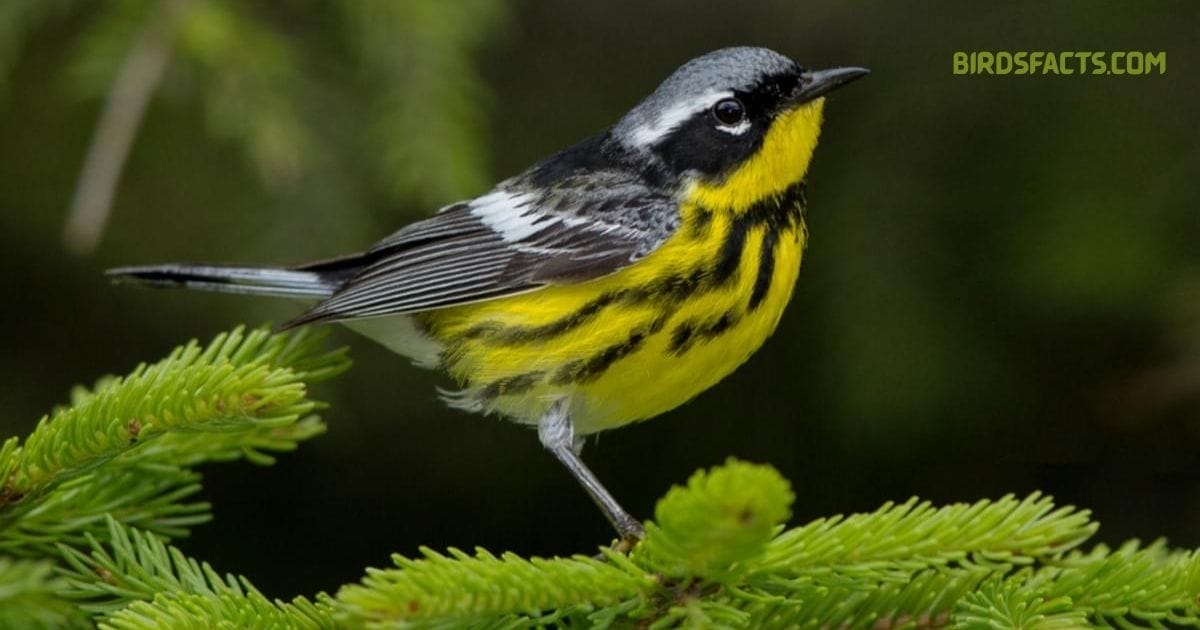
The Magnolia Warbler Brings A Tropical Splash To Michigan Forests During Spring Migration. With Its Bold Black White And Yellow Pattern This Warbler Stands Out In Both Coniferous And Mixed Woods.
Look For These Birds In The Lower Branches Especially As They Hunt Caterpillars And Other Insects. Magnolia Warblers (setophaga Magnolia) Are Often Seen At Popular Spots Like Sleeping Bear Dunes Birds Trail Or Tawas Point. Their Distinctive Tail flicking Behavior And Bright Eye Ring Make Them Easy To Identify During Your Next Birding Adventure.
Mourning Warbler

Secretive But Striking, The Mourning Warbler Might Take Some Patience To Find. Males Feature A Yellow Body With A Dusky Gray Hood—females Are Plainer But Equally Charming.
Listen For Their Fast, Bouncy Song Along Dense, Shrubby Edges And Second-growth Forests. These Birds Love Areas Recovering From Disturbance—a Reminder That Even “messy” Habitats Matter For Nesting Birds In Michigan. Their Preference For Thick Cover Means You’ll Often Hear Them Before You Spot Them.
Nashville Warbler
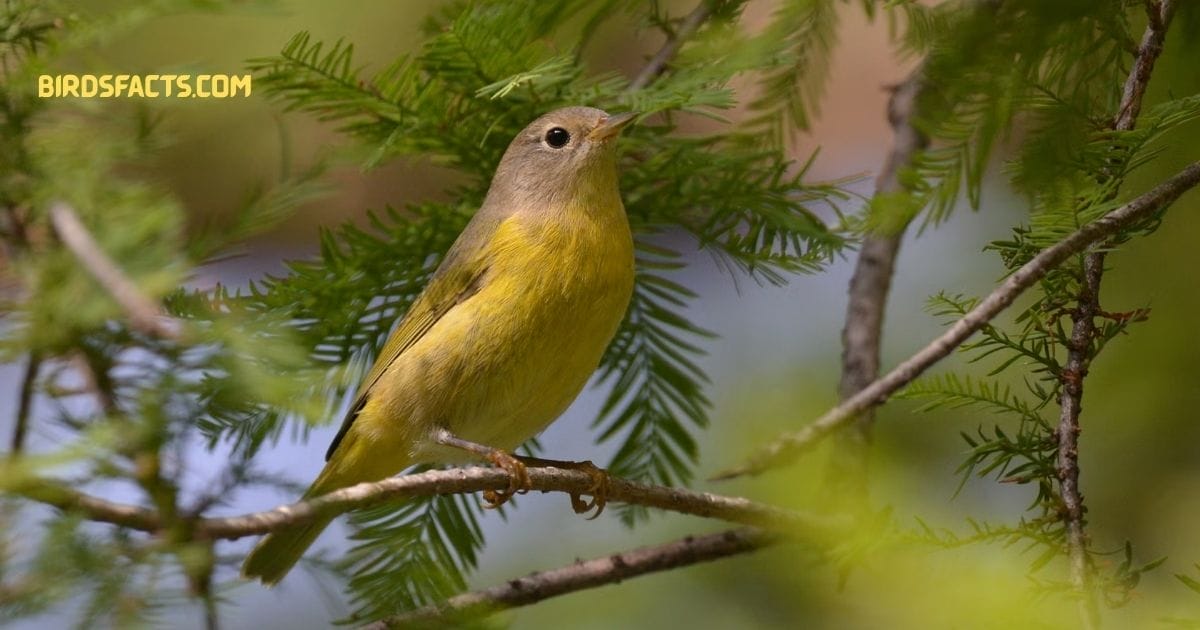
Cheery, Energetic, And Almost Always In Motion, Nashville Warblers Are A Staple Among Summer Birds In Michigan Forests. They Show Off A Bright Yellow Belly, Olive-green Back, And Crisp White Eye Ring.
Look For Them In Both Mature Hardwoods And Pine Stands these Tiny Insect-eating Birds Michigan Bird Enthusiasts Love Are Especially Active During Spring Migration. Their High Two-parted Song Is A Treat On A Cool Morning Hike.
Prairie Warbler

Despite The Name, Prairie Warblers Prefer Scrubby Fields And Regenerating Forests. Males Have A Bright Yellow Chest With Black Streaks Along The Sides.
Prairie Warblers (setophaga Discolor) Are On The Rise In Some Southern Michigan Habitats Thanks To Conservation Efforts And More Open Sunny Landscapes. Watching One Flit Through The Brush Is Like Spotting A Slice Of Summer Itself.
Palm Warbler
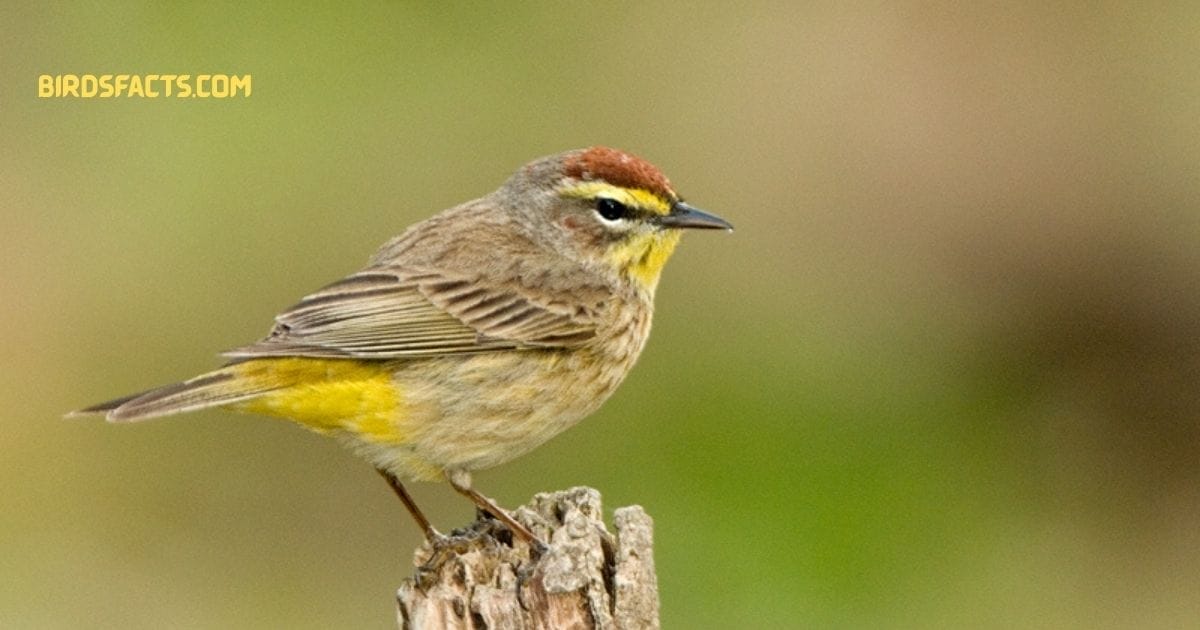
These Little Travelers Are Among The First Warblers To Return In Spring. Palm Warblers Bob Their Tails Constantly—a Key Field Mark Even For New Birdwatchers. Their Muted Yellow And Rufous (reddish) Crown Make Them Easy To Spot Around Forest Edges And Boggy Thickets.
Many People Visit Places Like Seney National Wildlife Refuge To See Waves Of Palm Warblers In April And May Often As Part Of Larger Mixed Flocks Of Yellow Birds In Michigan. Their Laid-back Manner And Mellow “chip” Calls Add To A Relaxing Day In The Field.
Pine Warbler
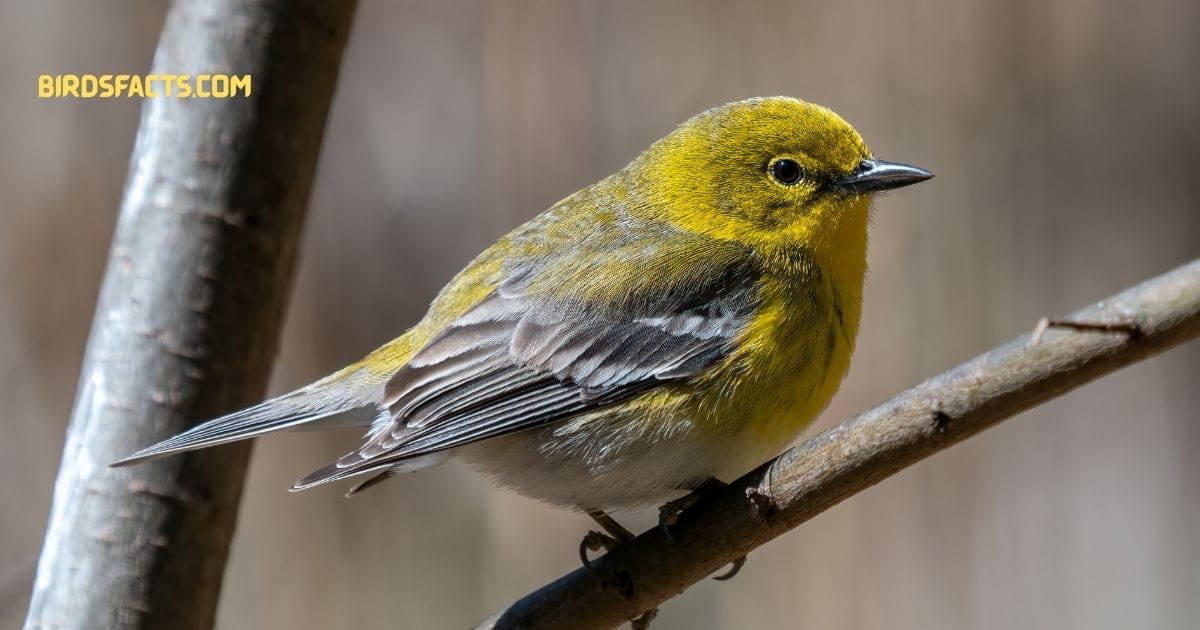
True To Their Name Pine Warblers Almost Always Stick Close To Pine Woods. Males Are A Brilliant Mix Of Yellow And Olive, While Females Are Paler But Still Attractively Warm-toned.
Listen For Their Clear, Ringing Trill Near The Tops Of Tall Trees. You’re Most Likely To Spot Pine Warblers In Stands Of Red, White, Or Jack Pine. Bring Binoculars and Maybe A Neck Pillow! because These Birds Love To Stay High Overhead.
Prothonotary Warbler
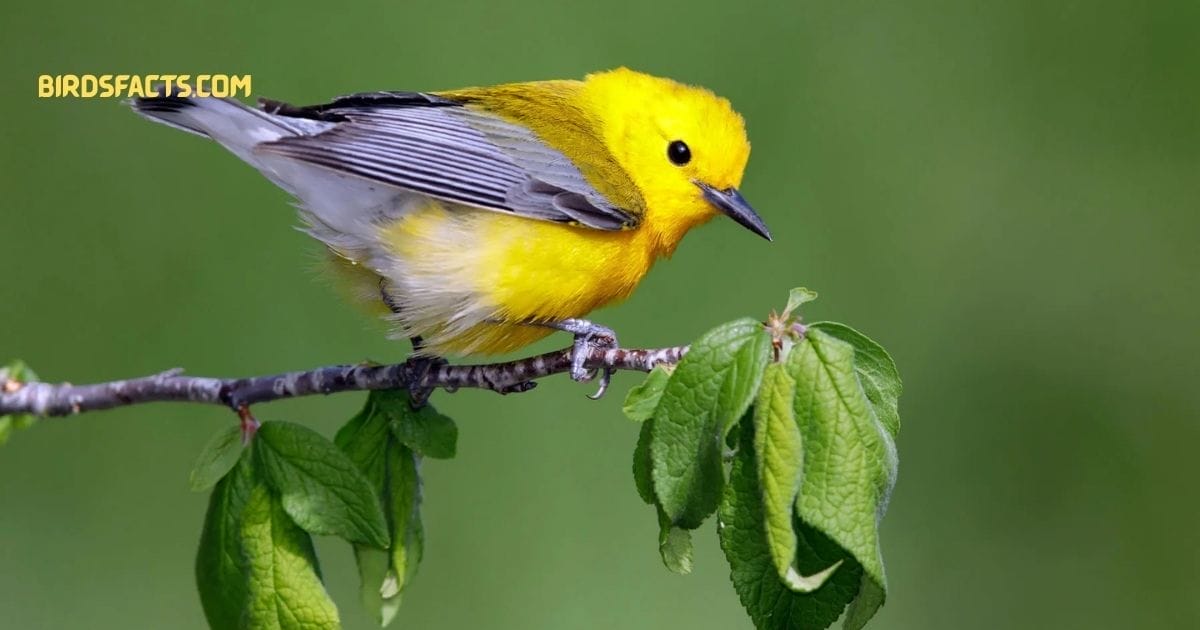
The Prothonotary Warbler Shines Like Gold In Michigan’s Swampy Woods And Riverside Thickets. Its Glowing Yellow Body And Blue-gray Wings Set It Apart From Almost Every Other Bird.
Prothonotary Warblers Nest In Tree Cavities Along Slow-moving Water—making Kayak Trips A Great Birdwatching Tip For Michigan Adventurers. They Are Not Only Beautiful But Also An Indicator Of Healthy Wetlands And Protected Habitats.
Western Tanager
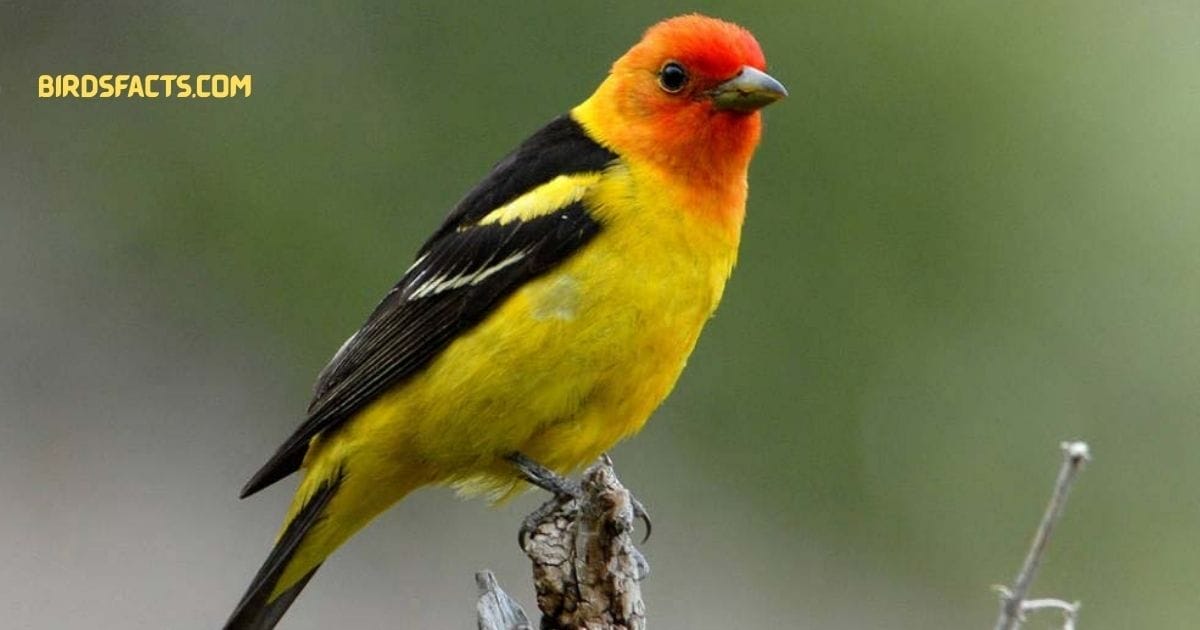
With A Flaming Orange Head Lemon-yellow Body And Black Wings, The Western Tanager Almost Looks Too Beautiful To Be Real. These Birds Are Occasional Wanderers Into Michigan Typically After Storms Or During Heavy Migration.
If You Spot One Report It To Your Local Audubon Society! Western Tanagers Love Pine Stands And Mixed Forests, And Seeing One Here Is Always Cause For Celebration.
Wilson’s Warbler

Wilson’s Warbler Is A Pint-sized Wonder With A Bright Yellow Body And Tiny Black Cap—looking A Bit Like It Borrowed A Yarmulke! These Warblers Are Most Common At Brushy Streams And Pond Edges, Where They Forage Low In The Shrubbery.
Their Sweet “chit-chit-chit” Song And Energetic Gleaning Habits Make Them Unmistakable Part Of Spring And Early Summer Birdwatching Across The State.
White-Eyed Vireo

The White-eyed Vireo Has A Yellow Belly Olive Back And Striking White Eyes. Their Song Is A Mix Of Sharp And Sweet Notes.
In Michigan They Breed Mainly In The Southern Part Of The State In Brushy Habitats.These Birds Are More Common Further South But Have Expanded Into Southern Michigan, Especially In Regenerating Woodlands Or Old Fields With Dense Cover.
Western Meadowlark
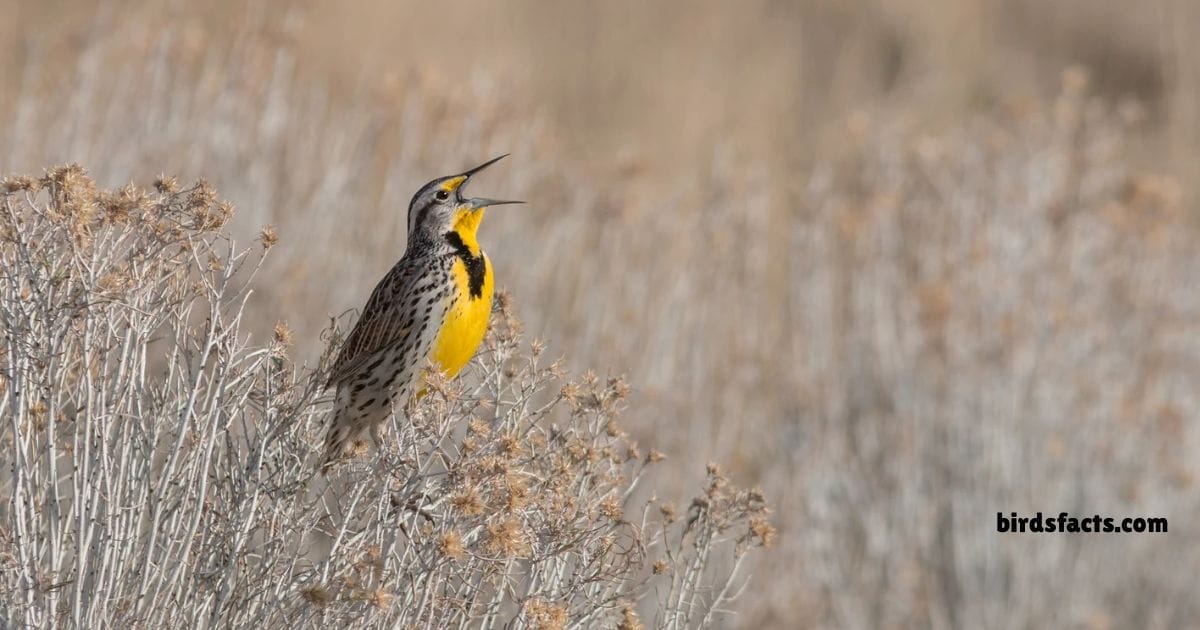
Although More Famous In The Prairies, Western Meadowlarks Do Occasionally Breed Or Migrate Through Michigan. With Their Bold Yellow Chest Marked By A Dramatic Black “v,” Their Flute-like Song Rings Across Open Grasslands.
Look For Them In Wide, Sunny Fields During Late Spring And Early Summer. Their Presence Is A Testament To Michigan’s Still-vast Open Spaces.
Yellow Warbler

No List Of Yellow Birds In Michigan Would Be Complete Without The Yellow Warbler. This Species Is Found Across Every County And Habitat, From Backyard Trees To Remote Wetlands. Its Pure Yellow Body, Accented By Faint Reddish Streaks, Is A Classic Sign Of Spring And Summer.
Yellow Warblers Are Famous Among Backyard Birds Michigan Fans For Their Friendly Personalities And Bug-eating Prowess. If You Plant Native Willows Or Dogwoods, You’ll Likely Welcome Them Each Year—as They Sing, Flit, And Raise Families Close To Home.
Yellow-throated Vireo
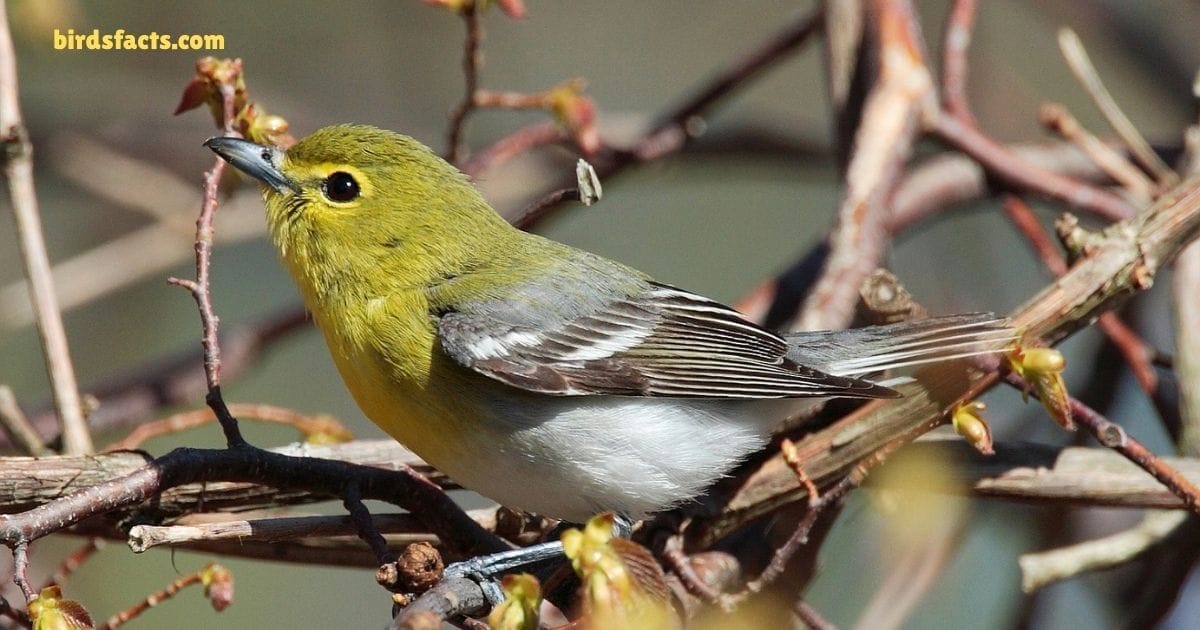
The Yellow throated Vireo Glows Like A Lemon-highlighted Jewel High In The Canopy. Their Distinctive “three-eight!” Song Is Often Heard Before The Bird Is Seen.
These Vireos Prefer Mature Woods And Sometimes City Parks, Nesting High Above The Ground And Feasting On Insects. With Olive-green Backs And Bold Yellow Throats, Their Subtle Color Makes For A Rewarding “find” On Any Birding Checklist.
Yellow-breasted Chat
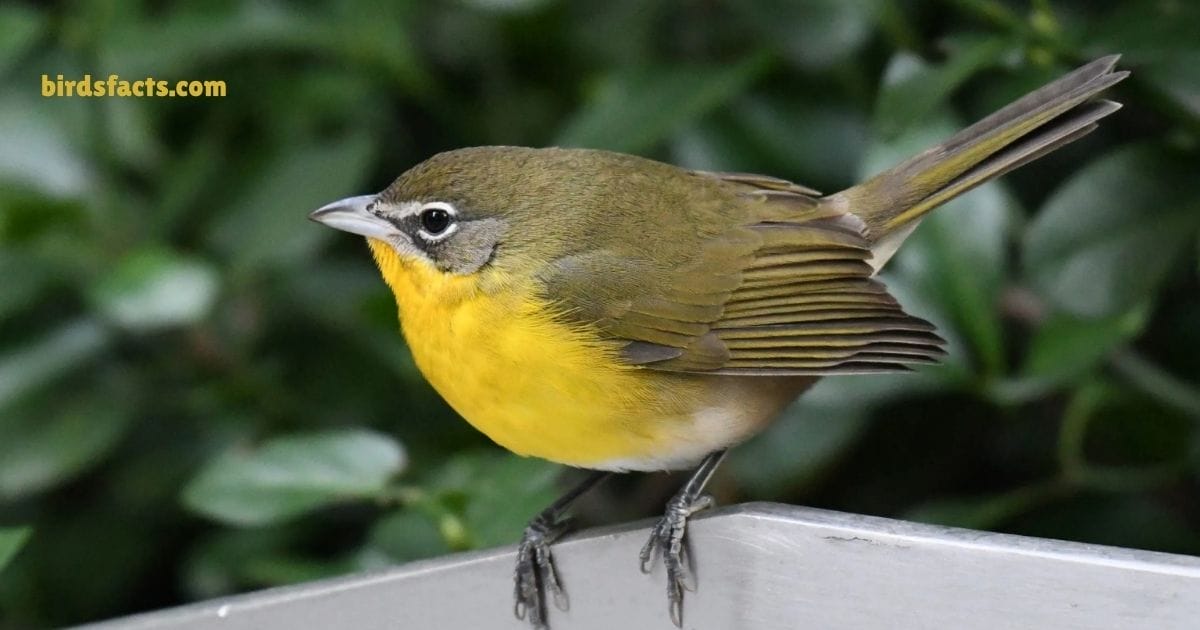
The Yellow breasted Chat Is The Largest Warbler With A Bright Yellow Chest And White Spectacles Its Varied Calls Include Whistles And Clucks.
They Prefer Dense Thickets And Are Most Common In Southern Michigan.Chats Love Dense Thickets look For Them In Overgrown Fields, Powerline Cuts, And Brushy River Edges. Their Bold Personality And Odd Vocalizations Make Them The Life Of The Michigan Birdwatching Party.
Yellow-Headed Blackbird
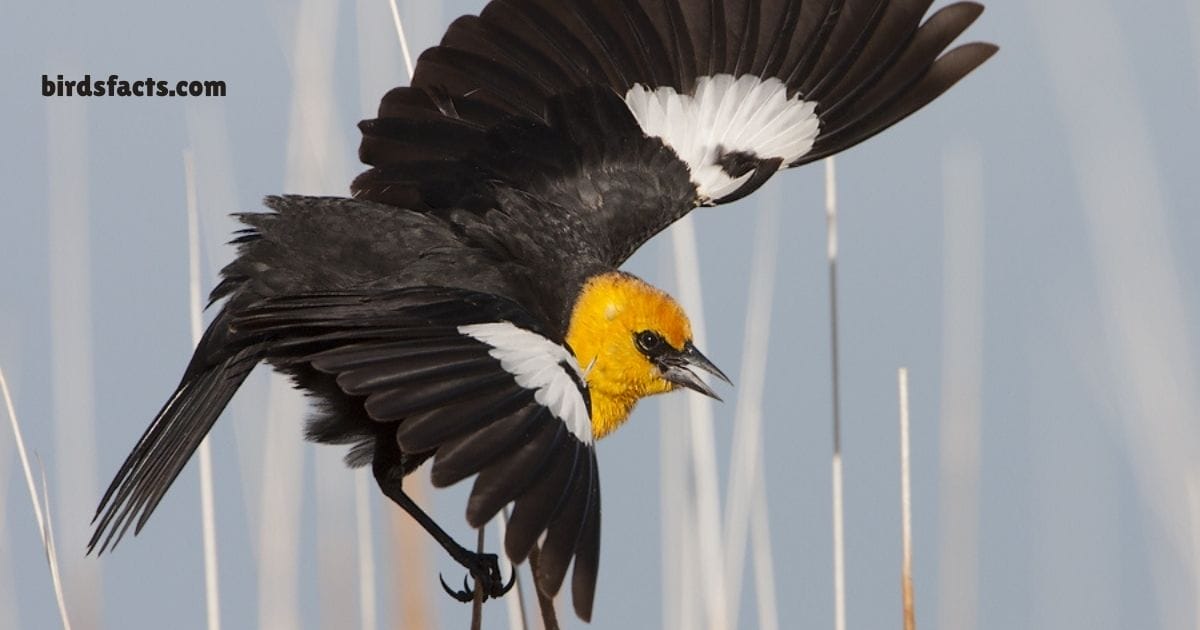
Much Bigger Than Most Yellow Birds In Michigan The Yellow headed Blackbird Is Hard To Miss. Males Sport A Flaming Yellow Head Contrasted By Jet-black Bodies found Mostly In Marshes With Tall Cattails.
Listen For Their Bizarre Mechanical Song During Late Spring. Birders Flock To Places Like Kensington Metropark Birdwatching Site To See Large Nesting Colonies. It’s A Sight And Sound You Won’t Soon Forget!
Yellow-Rumped Warbler
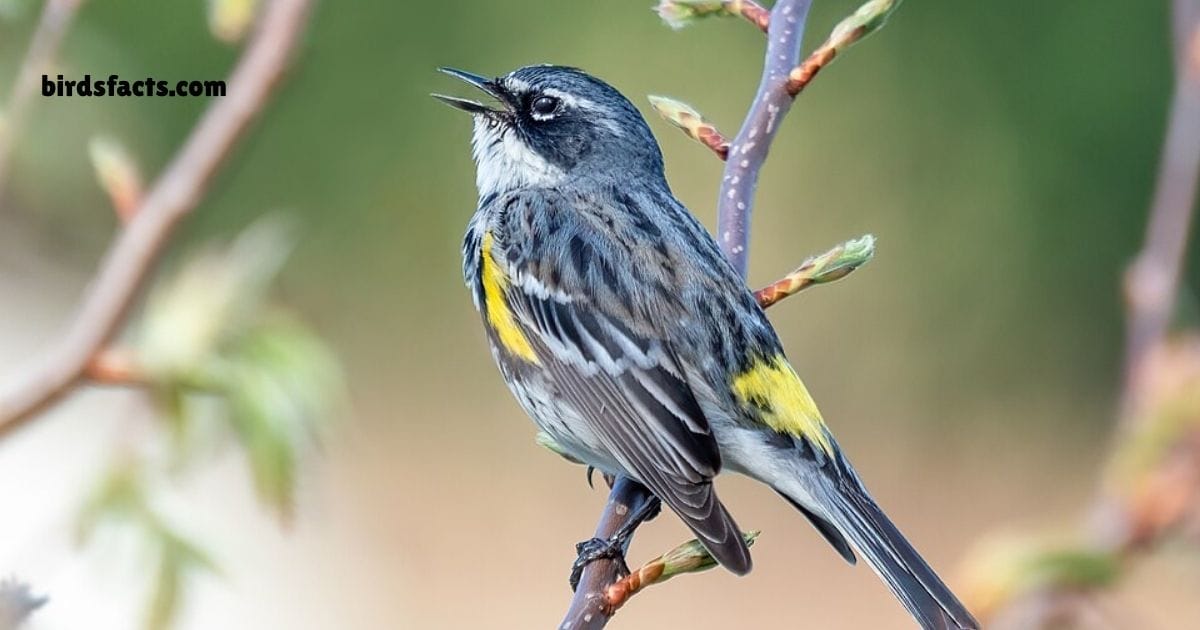
Yellow-rumped Warblers Are Among The Most Adaptable Songbirds, Seen In Virtually Every Michigan Habitat, Especially During Migration. Look For Their Bold Yellow Patches On The Sides, Rump, And Crown.
They’ll Visit Backyard Suet And Fruit Feeders, Making Them Delightfully Easy To Watch. These Warblers Also Eat Bayberries, Allowing Them To Stay Further North Than Most making Them A Key Part Of Michigan Bird Migration Routes In Both Spring And Fall.
FAQs
What Kind Of Yellow Birds In Michigan?
The American Goldfinch Yellow Warbler And Baltimore Oriole Are Among The Common Yellow Birds In Michigan.
Do Goldfinches Stay In Michigan Year-round?
Yes American Goldfinches Remain In Michigan All Year Though They Molt Into A Duller Olive Color In Winter.
How Do Yellow Finch And Yellow Warblers Differ?
Seed-eating Yellow Finches Have Black Wings, While Yellow Warblers Have All Yellow Bodies And Reddish Streaks On Their Chests.
Are Yellow Warblers In Michigan?
Yellow Warblers Breed In Michigan During The Spring And Summer Before Migrating South For The Winter.
Is There A Bird That Looks Like A Cardinal But Is Yellow?
A Rare Genetic Variation Called A Yellow Cardinal Can Appear In North America Including Michigan Though Sightings Are Extremely Uncommon
Conclusion
From Dazzling Warblers To Striking Blackbirds The Variety Of Yellow Birds In Michigan Is Nothing Short Of Amazing. Whether You’re Scanning Wetlands For A Common Yellowthroat Exploring Pine Forests For A Pine Warbler Or Watching Your Feeder For A Burst Of Gold From An American Goldfinch Each Species Adds Its Own Beauty And Song To The Landscape. With A Bit Of Patience And A Good Field Guide, You’ll Soon Find That Spotting And Identifying Yellow Birds In Michigan Is One Of The Most Rewarding Parts Of Birdwatching So Grab Your Binoculars Step Outside And Let The Vibrant World Of Yellow Birds In Michigan Brighten Your Day.
Further Reading
You May Also Check Out:
- Small Black Bird with White Belly
- Birds With Orange Beaks
- Finches in Texas
- Bird With Mohawk
- Srs Auth Mdm Tool
Thank You For Reading!








